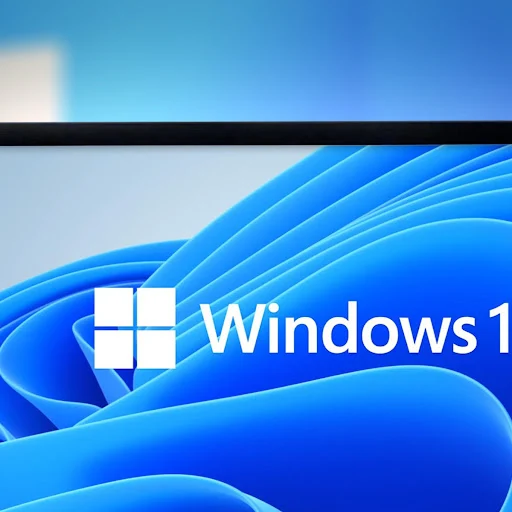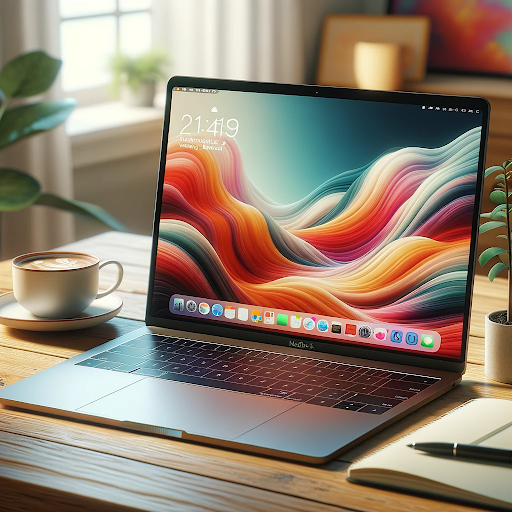The UEFA European Championship, commonly referred to as the Euros, is one of the most celebrated football tournaments in the world. As with any major sporting event, mascots play a vital role in adding charm and excitement, serving as symbols of the tournament's spirit and host nation's culture. As Euro 2024 approaches, let’s take a journey through the history of the mascots that have enlivened the European Championships over the years.
Euro 2024 Mascot: Albärt
For Euro 2024, hosted by Germany, the official mascot is Albärt, a cuddly teddy bear symbolizing friendship, unity, and joy. Albärt’s design incorporates elements of Germany’s rich cultural heritage, dressed in football attire with the colors of the German flag. This mascot aims to resonate with both young fans and adults, embodying the warmth and welcoming nature of the host nation.
A Brief History of European Championship Mascots
1. Euro 1980 - Pinocchio (Italy)
- Description: Euro 1980, held in Italy, featured Pinocchio, a character from Carlo Collodi’s famous children's novel. Pinocchio's inclusion highlighted Italy's literary and cultural heritage.
2. Euro 1984 - Peno (France)
- Description: Peno, a rooster wearing the French national team’s kit, was the mascot for Euro 1984 in France. The rooster, a national symbol of France, represented pride and strength.
3. Euro 1988 - Berni (Germany)
- Description: Berni, a humanized bunny rabbit, was the face of Euro 1988 in West Germany. Dressed in a football kit, Berni was designed to appeal to children and families.
4. Euro 1992 - Rabbit (Sweden)
- Description: A stylized rabbit character represented Sweden’s Euro 1992. The mascot was simple and aimed at young fans, symbolizing agility and speed.
5. Euro 1996 - Goaliath (England)
- Description: Euro 1996 in England introduced Goaliath, a lion dressed in a Union Jack football kit. Lions, often associated with English heritage and the national team, symbolized courage and power.
6. Euro 2000 - Benelucky (Belgium and Netherlands)
- Description: Co-hosted by Belgium and the Netherlands, Euro 2000’s mascot was Benelucky, a lion with devilish horns and a mane resembling tulip petals, merging symbols from both nations.
7. Euro 2004 - Kinas (Portugal)
- Description: Kinas, a boy wearing Portugal’s national colors and football kit, represented Euro 2004. The mascot embodied youthful enthusiasm and national pride.
8. Euro 2008 - Trix and Flix (Austria and Switzerland)
- Description: The twin mascots Trix and Flix, dressed in red and white, were playful and dynamic figures symbolizing the co-hosts’ unity and cooperation.
9. Euro 2012 - Slavek and Slavko (Poland and Ukraine)
- Description: Representing the co-host nations Poland and Ukraine, Slavek and Slavko were twin footballers in national colors, showcasing the brotherly bond between the two countries.
10. Euro 2016 - Super Victor (France)
- Description: Super Victor, a young boy with a cape, symbolized the dreams and aspirations of young football fans. His superhero persona was meant to inspire and excite.
11. Euro 2020 - Skillzy (Across Europe)
- Description: For the unique pan-European tournament, Skillzy, a freestyle footballer, was chosen. Representing the urban street football culture, Skillzy reflected the diverse and inclusive nature of the tournament.
The Significance of Mascots in Euro Championships
Mascots are more than just playful characters; they are ambassadors of the tournament, embodying the essence and values of the host nation(s). They engage with fans, especially children, creating a sense of connection and excitement. Over the years, these mascots have evolved, becoming integral to the branding and marketing of the Euros.
As Euro 2024 approaches, Albärt is set to continue this tradition, bringing joy and enthusiasm to football fans worldwide. Each mascot, with its unique story and design, enriches the legacy of the European Championships, making each tournament memorable and distinct.
---
In conclusion, mascots play a crucial role in shaping the identity of the Euros, bringing a sense of fun and national pride to the tournament. As we look forward to Euro 2024 in Germany, Albärt will undoubtedly join the ranks of beloved mascots, leaving a lasting impression on fans and the history of the European Championships.










































